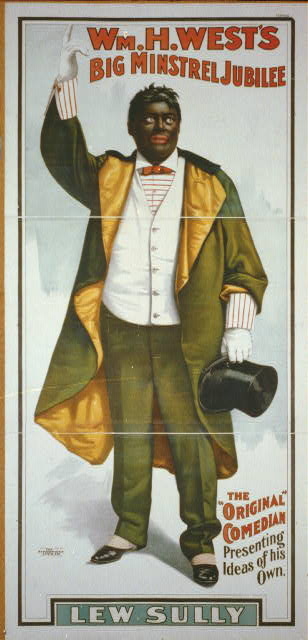Annotation:I Don't Love Nobody (1)
{{#seo:
|type=article
|author=https://www.tunearch.org/wiki/User:Andrew
|published_time=2021-01-15
|description=The Internet Archive of traditional Irish, Scottish, British and North American tunes with annotations and free sheet music in pdf
|keywords=fiddle tune finder, find recordings, irish traditional music, tune name finder, tunes in abc format, english country dance, old-time music
|image=TUC-160x120.png
|image_alt=tune name finder
}}
__NOABC__
{{#lst:I Don't Love Nobody (1)|abc}}
{{safesubst:#invoke:string|rep|
|1}}
I DON'T LOVE NOBODY [1]. AKA – “I Don’t Want to Get Married,” “I Love a Nobody, "Piece (1).” American, Country Rag (cut time). USA; widely known. C Major ('A' part) & A Minor ('B' part). Standard tuning (fiddle). AAB (Phillips): AABB (Brody): ABC (Beiswenger/McCann). This popular tune has been covered by many old-time fiddlers, but also has been played in bluegrass, contest and Western Swing style. Charles Wolfe (1983) remarks that it was issued by no less than six labels in the early 1930's, and prior to that it was recorded by Georgia fiddler Gid Tanner (1924), Earl Johnson (1927), and the Dixie String Band (1924). One early recording, by the Red Headed Fiddlers (with A.L. “Red” Steely on fiddle and Red Graham on banjo), resulted in the song being released as “Fatal Wedding.” The tune was recorded for the Library of Congress by musicologist/folklorist Vance Randolph from Ozarks Mountains fiddlers in the early 1940's, and 20th century Ozarks fiddler Art Galbraith noted that he heard many fiddlers play the tune[1]. Lyrics to the melody begin:
I was born in Kentucky, lived there all of my life,
Thought I'd better be lucky, never had no wife;
I once thought I'd get married, I asked a little girl to wed,
But when I asked her to marry me, this is what she said:
Chorus:
I don't want to get married, always want to be free,
I don't love nobody, nobody loves me;
All they want is my money, they don't care for me,
I don't want to get married, I just want to be free.

However, the tune appears to be derived from a ragtime song by monologist, female impersonator and minstrel entertainer Lew Sully , who may have adapted it from an older song. Sully (born Charles Sullivan, Pittsburgh, Pa., 1862) copyrighted it in 1896, and it was printed with a cover of Sully in blackface, and, indeed, Mr. Sully had a long career performing in various minstrel troupes in the Midwest and East Coast. The lyrics are considered provocative in modern times, and Sully seems to have authored similar songs with racist messages (“Hesitate, Mr. N....r, Hesitate”—see sketch in Rice’s Monarchs of Minstrelsy, 1909, p. 311). The song entered jazz and fiddle repertory in the 1920's, but there is great variation among versions, some differing markedly from the original song.
Al Dexter's Texas swing tune "Rock and Rye Rag" is a similar melody. See also eastern Nebraska fiddler Bob Walters' (1889-1960) version as "Piece (1)."
{{safesubst:#invoke:string|rep|
|1}}
<vote type=1 />
__NOTITLE__
- ↑ Liner notes to Rounder 133, Art Galbraith, "Dixie Blossoms." Galbraith's second strain, in A minor, is his own composition "dimly suggested by Tommy Jackson's or Buddy Durham's versions."
